These photographs were taken during the 2025 Italian Sanda Championships as part of the sports photography course that I teach at the University of Chieti-Pescara in Italy.
How the game works
Sanda is a Chinese martial art belonging to the kickboxing family. As in kickboxing, fighters trade punches and kicks, but unlike in Thai boxing, they are not allowed to use their elbows or knees.
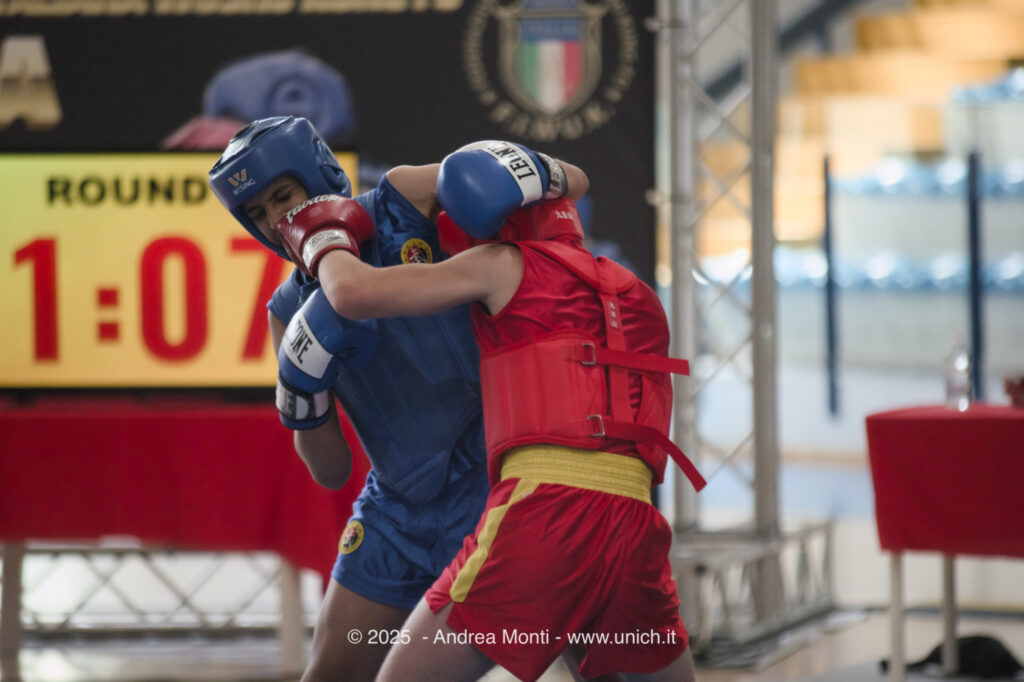
A limited number of throws are permitted, including leg sweeps, reaps and souplexes.
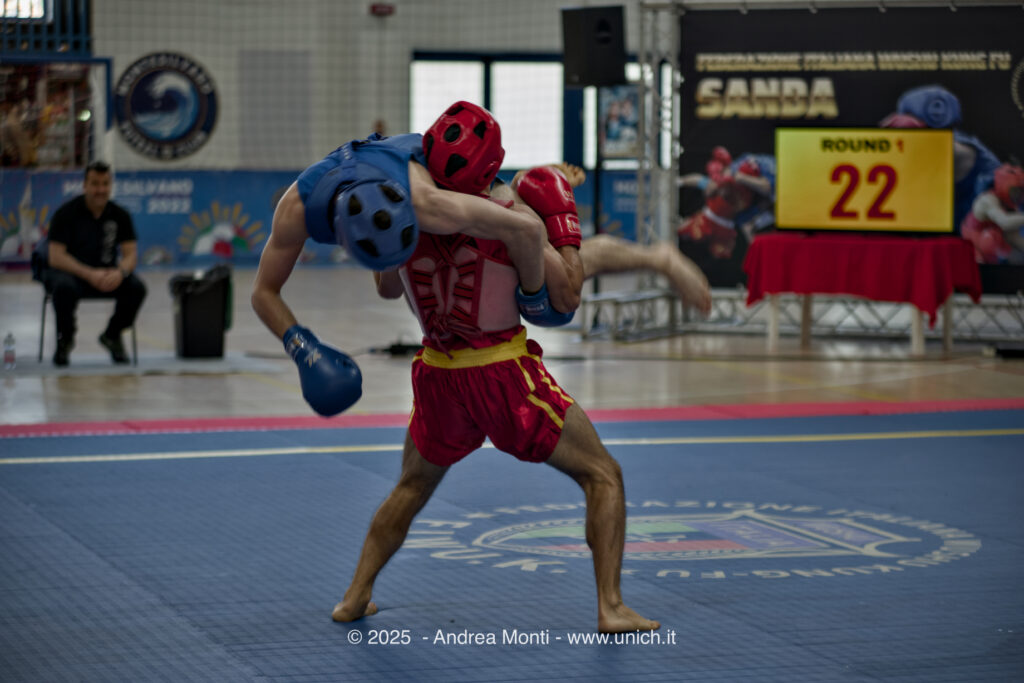
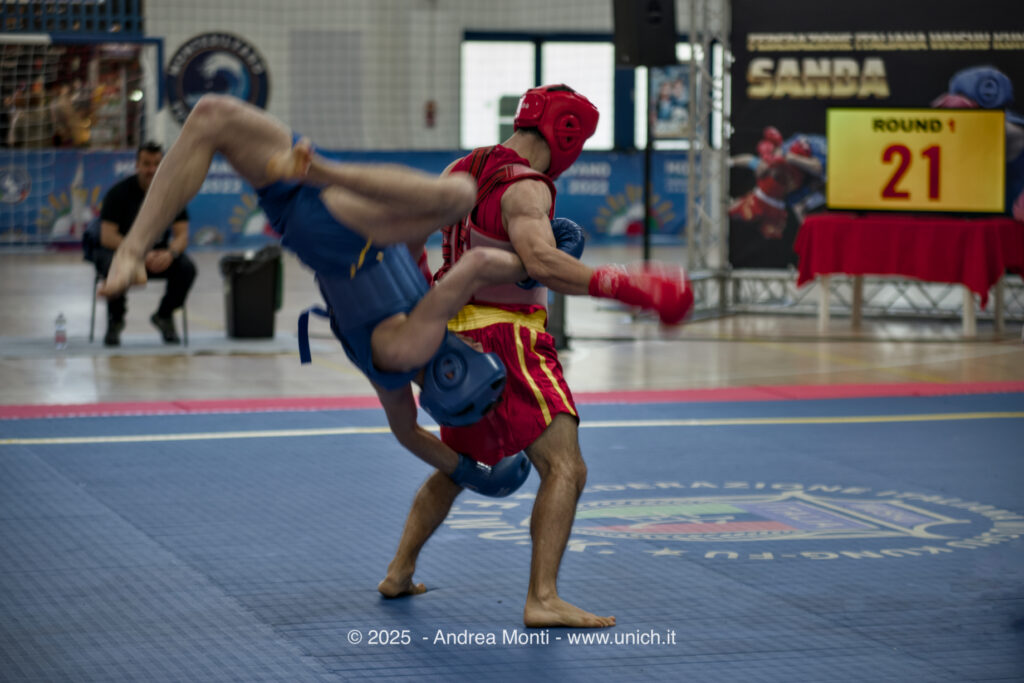
Each bout consists of three rounds, and winning two of them is sufficient for victory. However, this is easier said than done: the action is fast-paced, the fighters launch a flurry of attacks when they are at close distance, and the final results is not easy to foresee.
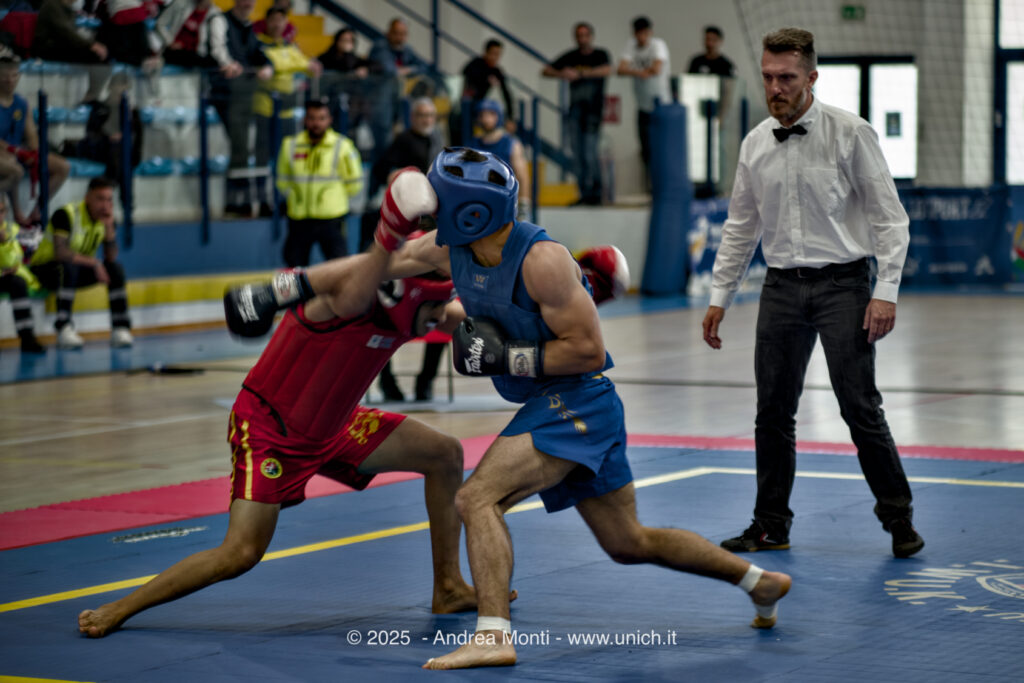
In this kind of match, the expression ‘time is of the essence’ has never been more apt. The athlete in red’s big right hand has been perfectly timed by his opponent, who has launched a circular right kick aimed at his counterpart’s ribs. The photographer also can’t afford to be slow in reading the action. It happens in the blink of an eye, and there is no second chance to capture the moment.
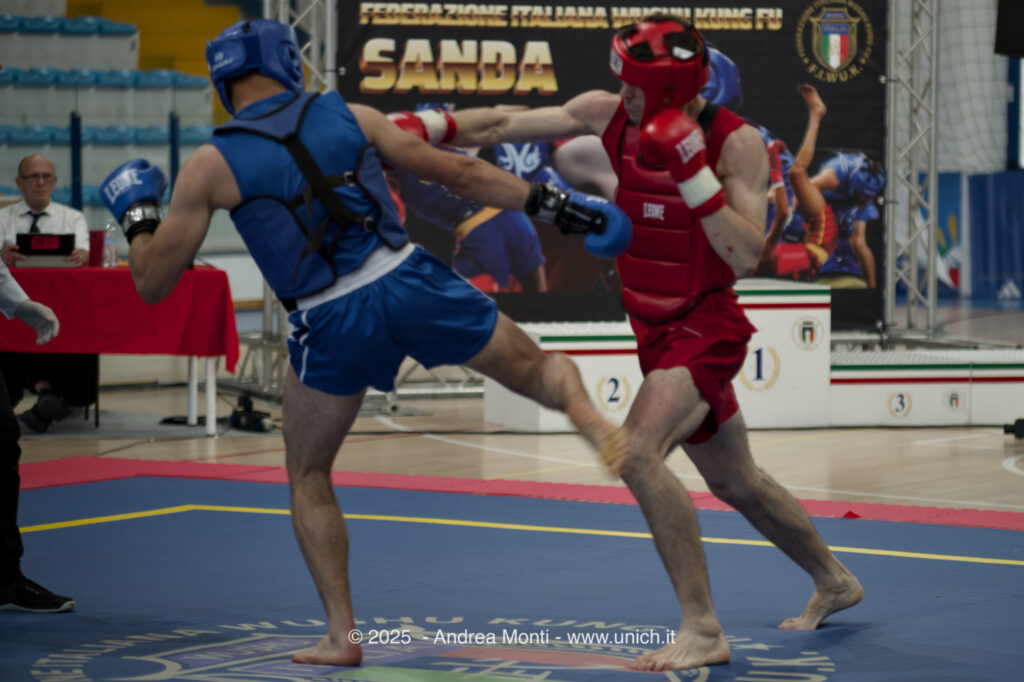 However, sometimes the plan doesn’t work and the kick is blocked, enabling the athlete who was on the receiving end of the attack to switch roles and respond with an overhead punch.
However, sometimes the plan doesn’t work and the kick is blocked, enabling the athlete who was on the receiving end of the attack to switch roles and respond with an overhead punch.
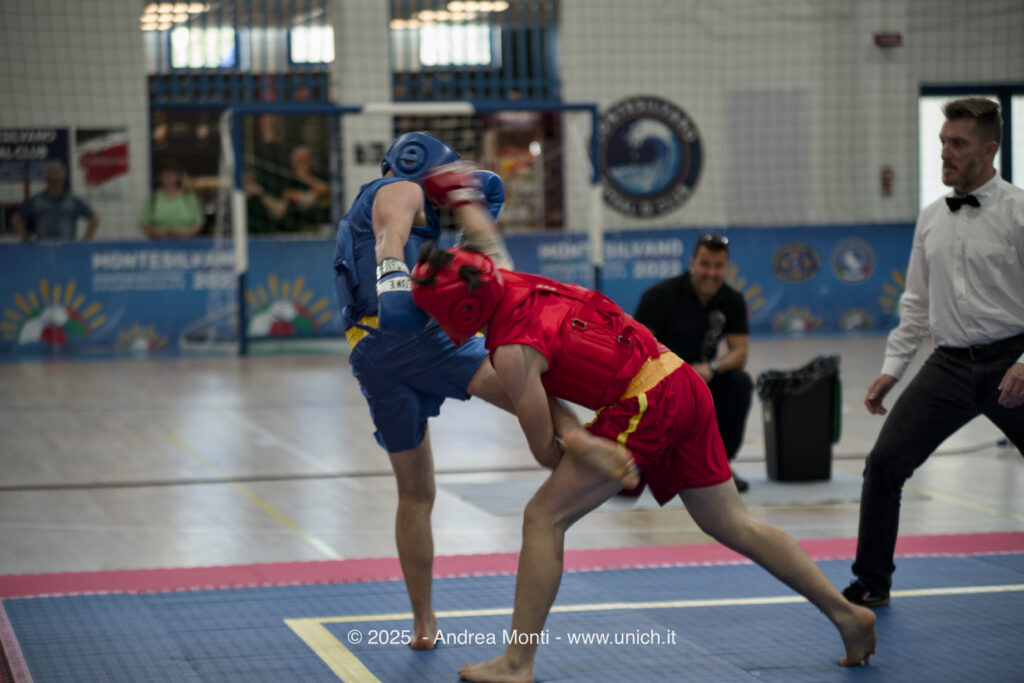
Field Notes
A side note on the photograph above: one of the main problems when shooting this kind of sport is the referee. He moves quickly and unpredictably, so there is a high chance he will appear in the frame unexpectedly. As a general rule, the strategy to contain this problem is to circle in the opposite direction to that chosen by the referee.
And now it’s coach time: cornermen and coaches are as important as the fighter himself. They often boost the athlete’s morale, encouraging them to push themselves to their limits in challenging situations. Every sports photography reportage should include also these important players.
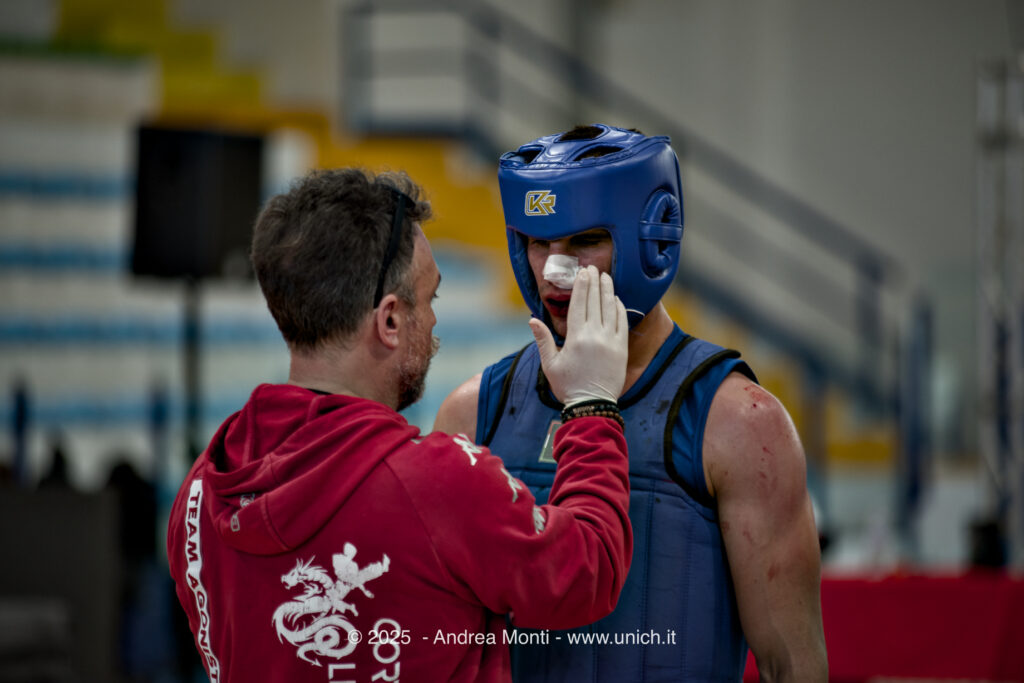
Gear
For this assignment, I used a Pentax K-1 II with an old Pentax 80–200/2.8 lens.
Overall, I have no major complaints about this kit, but it’s important to note that the autofocus isn’t lightning fast, and the limited number of focus points compared to more modern cameras can sometimes be a drawback. However, since the athletes move quickly and all around the mat, switching focus points may result in a missed shot.
Share this post:

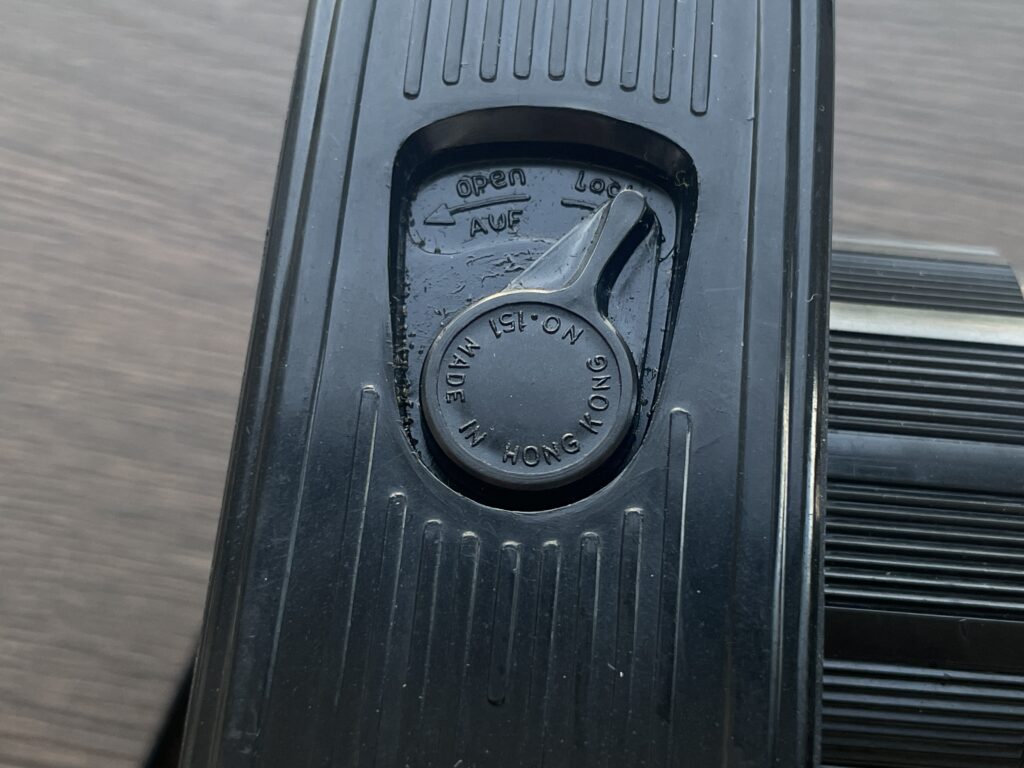
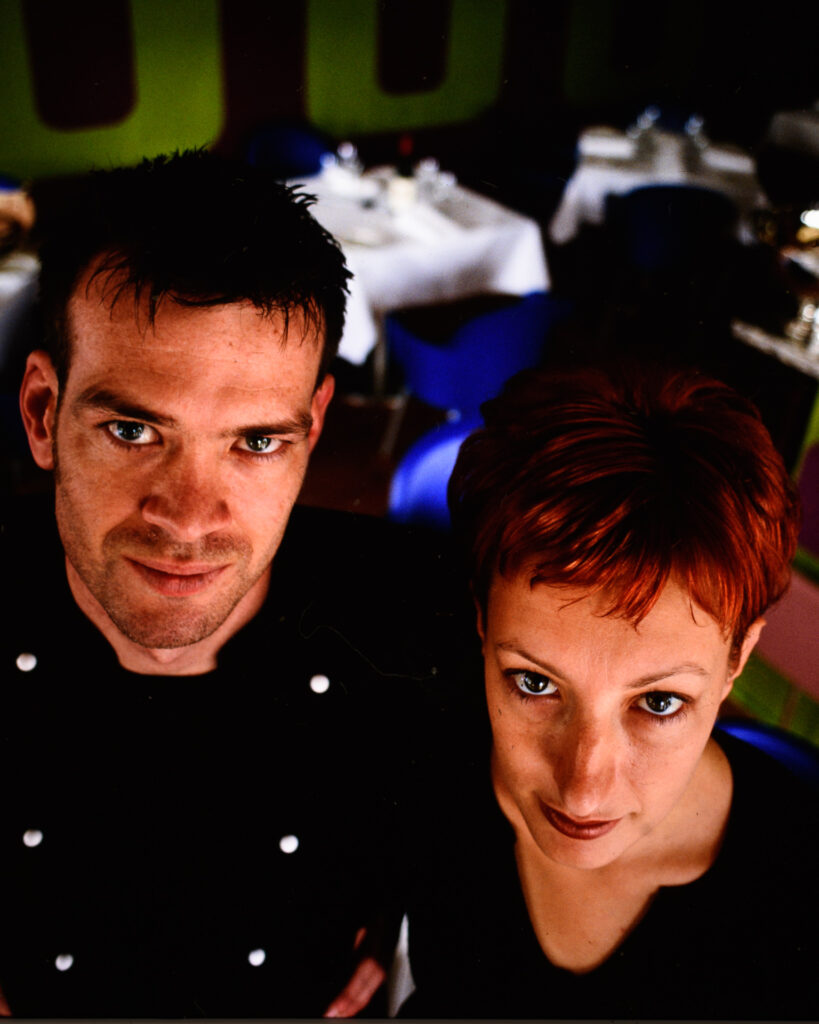
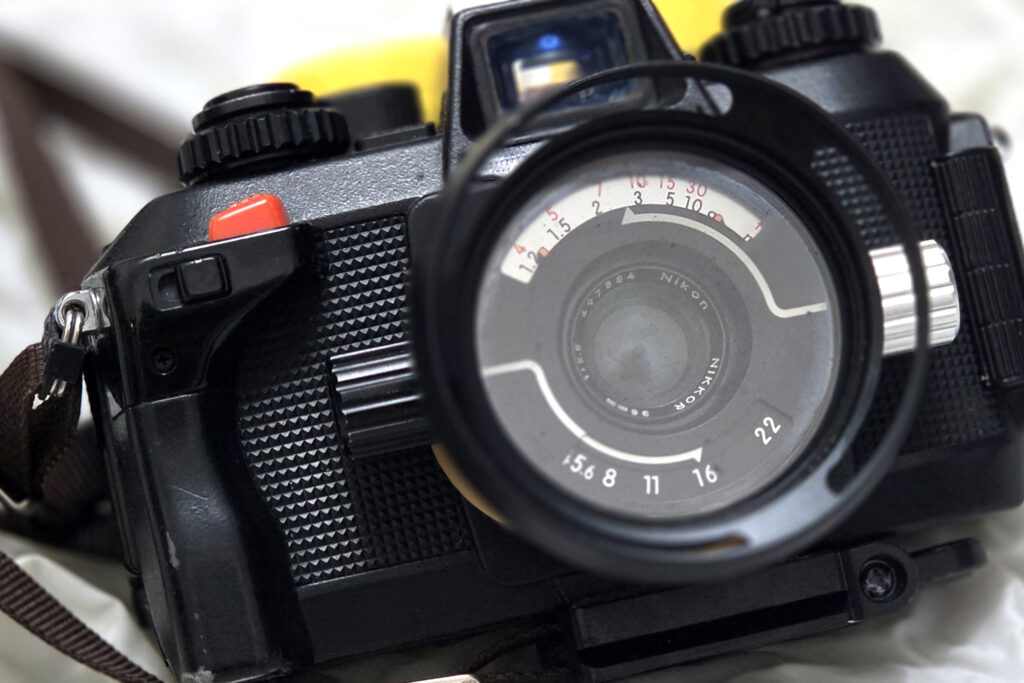

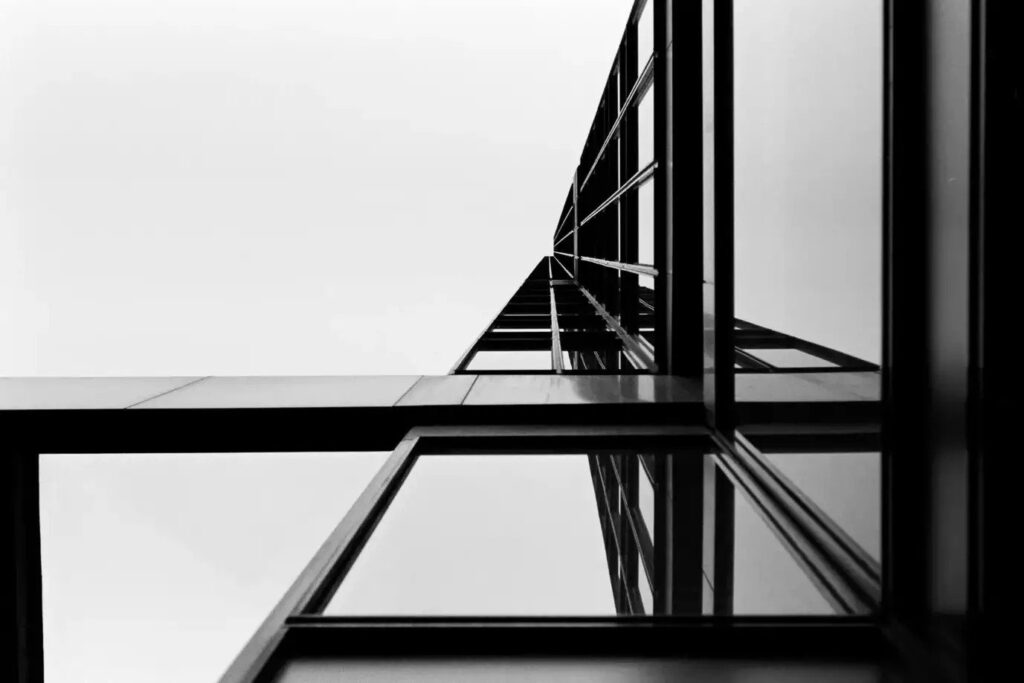
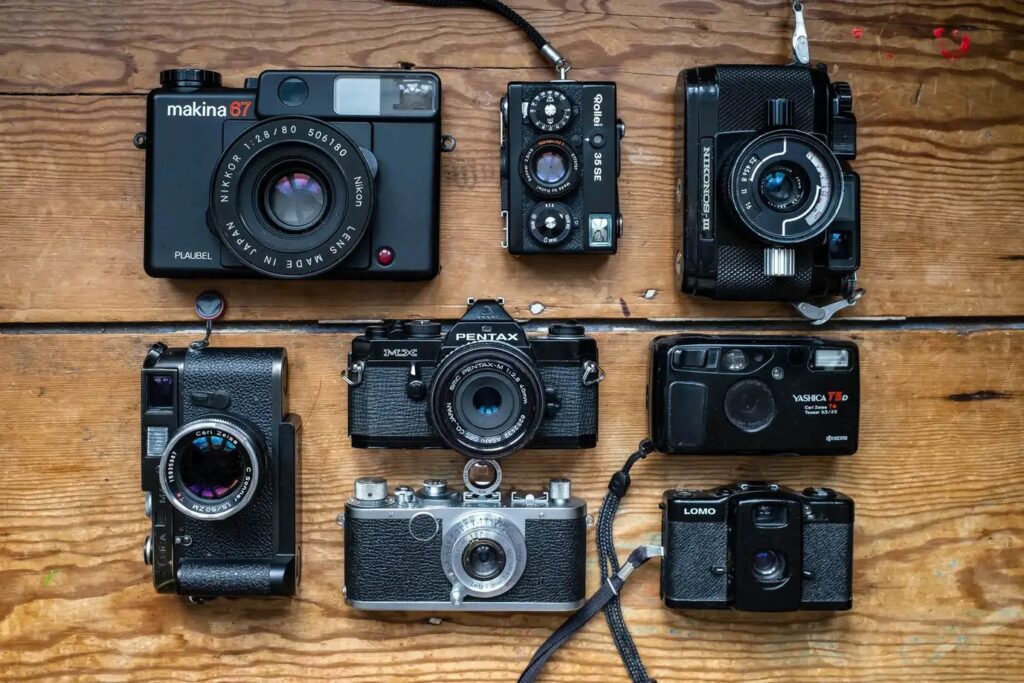
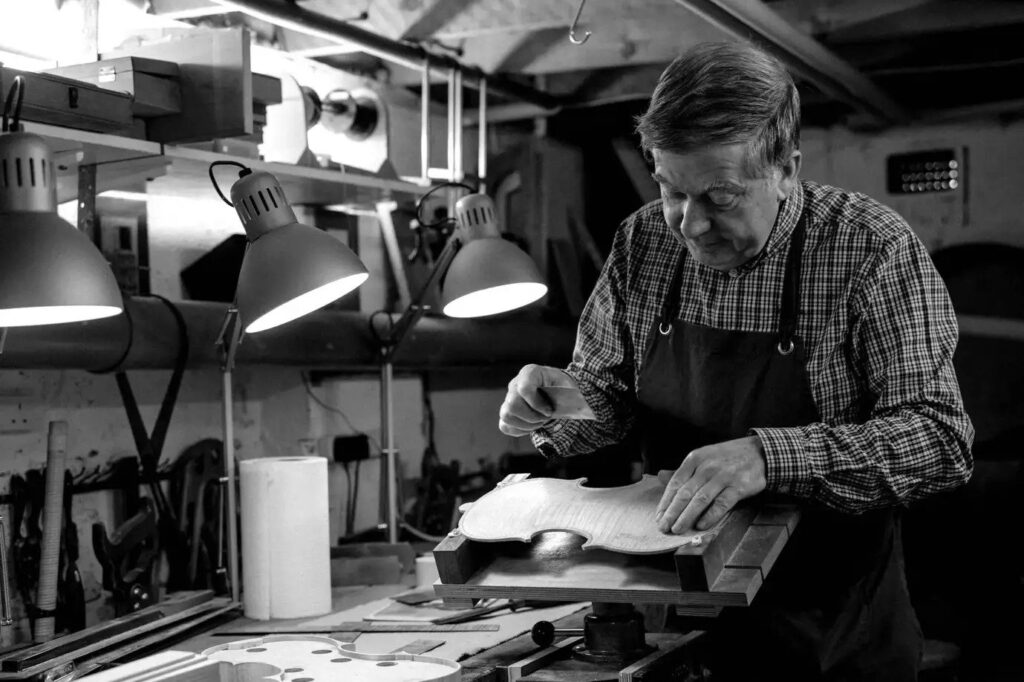
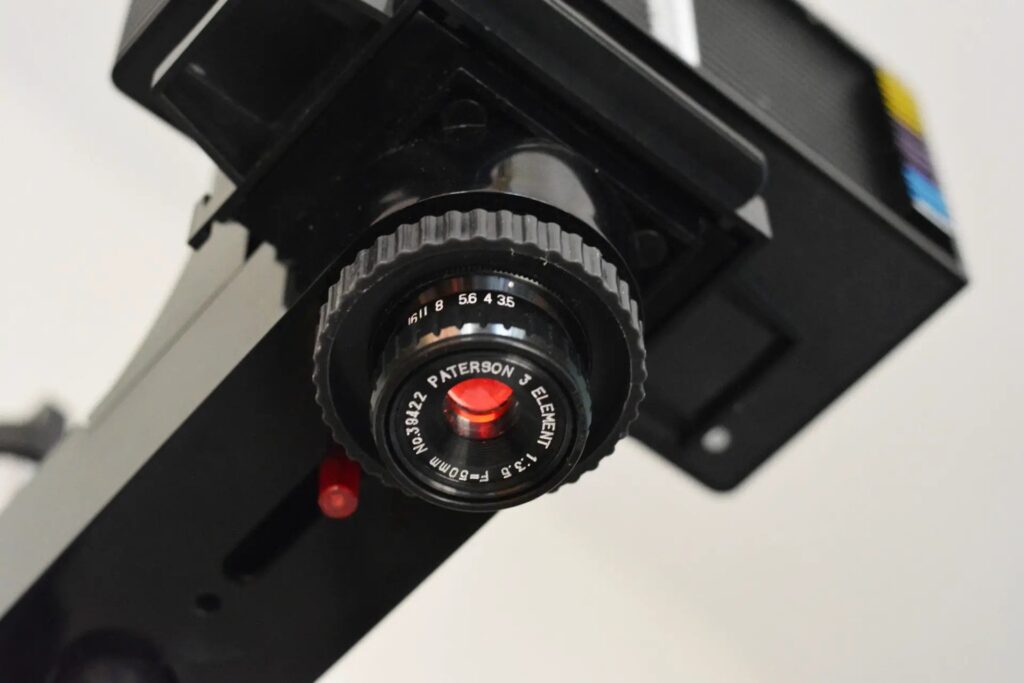
Comments
No comments found